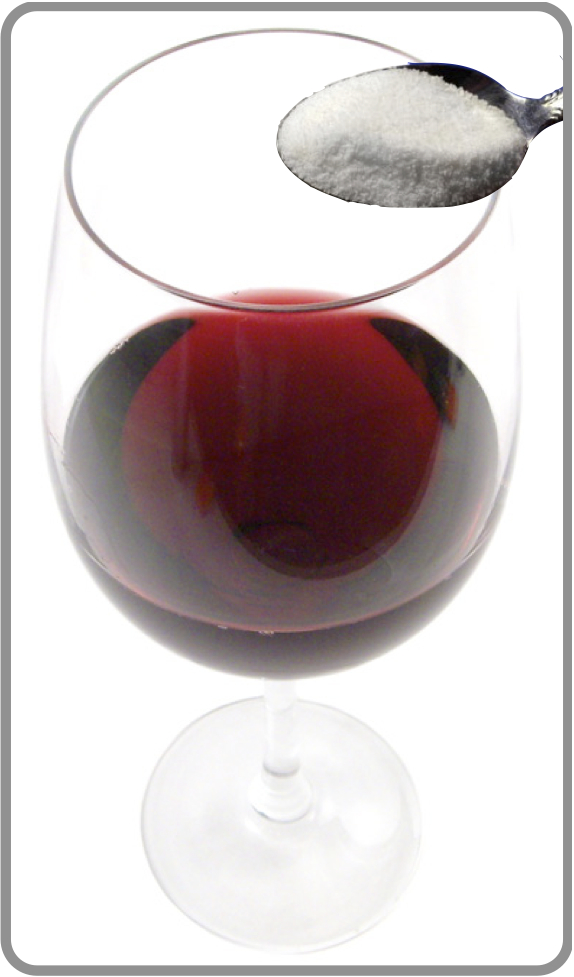 Or: When is a wine sweet or dry?
Or: When is a wine sweet or dry?
Sweetness is an absolute, right? After all a wine is either dry or it is not and the EU regulates that kind of thing – my friend Warren Edwardes outlines the rules here.
However it is true that most new world wines contain more sugar than their European counterparts. This does not make them sweet, just less dry – many a non-European Shiraz will contain anything from around 3-5 grams of residual sugar per litre, while the French equivalent will have less than 1 gram, which makes quite a difference in mouthfeel, richness and fruit character.
Again, this does not make these wines sweet, but it does make them softer and fuller in the mouth. It makes the tannins much less of an issue and ensures that the wine does not interact with your food quite as much as less rich wines, so a good food pairing becomes less important, it can even make the wine soft enough to enjoy without food – so you see a little sugar can be a useful thing.
However, it does seem to cloud the issue for many consumers who are new to wine – they do seem to think that all wine should be like Australian Shiraz.
We are used to non-European producers being very open about their wines, but I have discovered that it is actually often quite hard to get hold of residual sugar levels for new world red wines. Most technical sheets just say that they are ‘dry’, some have ‘Residual Sugar: Nil’, while more than a few just ignore the issue completely.
I had been pondering all this for some time, as the sugar level is important and I have seen for myself the effect that having ‘dry’ wines that contain a fair amount of sugar has. It changes the parameters of wine and makes traditional European styles seem austere and mean to young drinkers and casual drinkers who want a wine without food.
However, I was really surprised by something in America recently, which possibly helps to explain some of this.
In a winery I had just tasted a Viognier, which did not seem to me to be completely dry. So, I asked the winemaker what the residual sugar was and his reply really startled me, he said ‘effectively zero’.
Now this wine did not taste as though it had virtually no sugar, so I pressed the point and asked what ‘effectively zero’ meant. His reply, after looking it up was that it was ‘0.7’.
I pressed further, as this wine could not possibly have such a minimal residual sugar content. Strangely though it did – if you measure sugar in the American way, it had 0.7% residual sugar – which to the winemaker was as good as zero and therefore close to his idea of a totally dry wine.
Actually though it is nothing like zero, when I tell you that on the European measure 0.7% residual sugar is a whopping 7 grams per litre – which in a low acid wine like Viognier is not dry, let alone anything like zero.
So, perhaps they just speak an entirely different sugar language over there and their Zero, or Nil is our 10? It would explain a lot about the differences in sweetness and why a wine with quite a whack of sugar can be described as having nil residual sugar on a technical sheet..
